

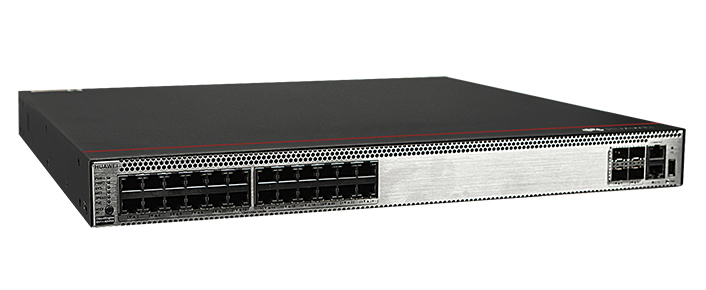
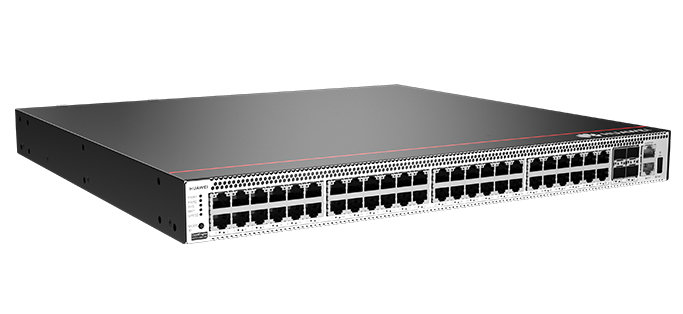

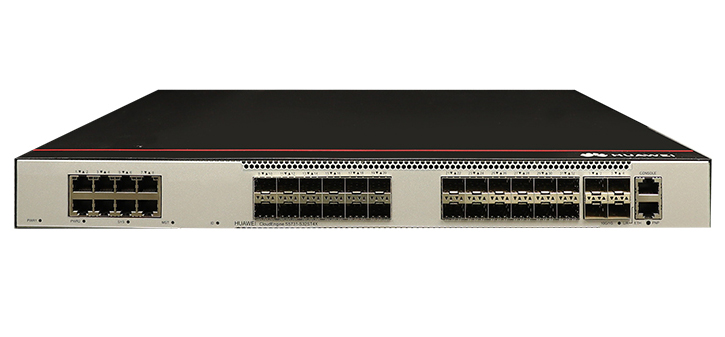
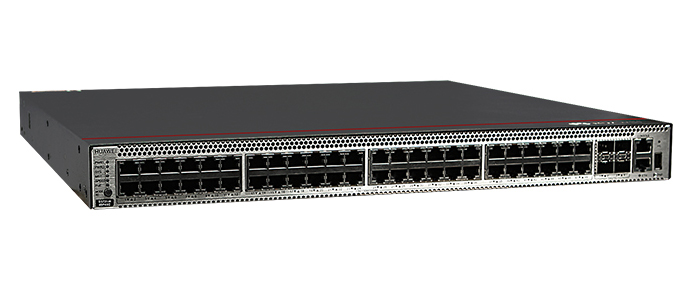
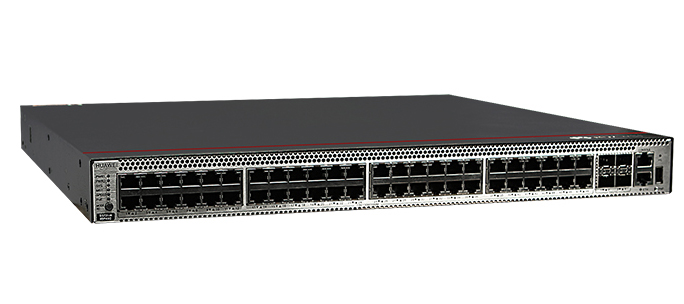

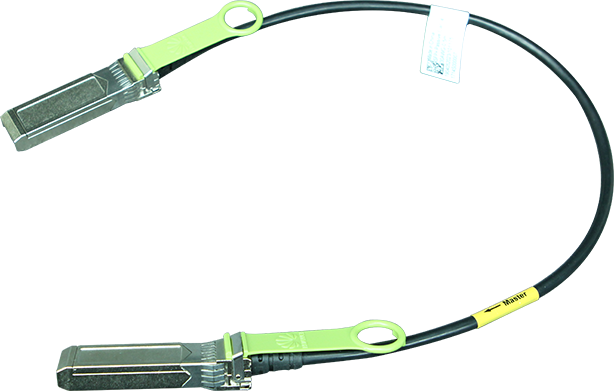
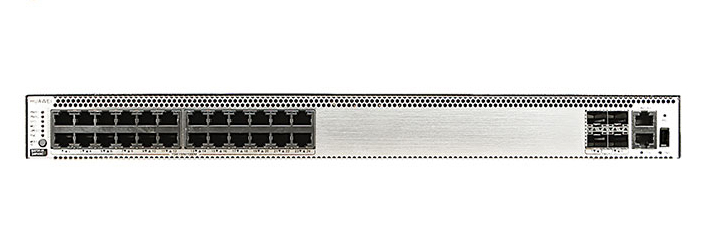

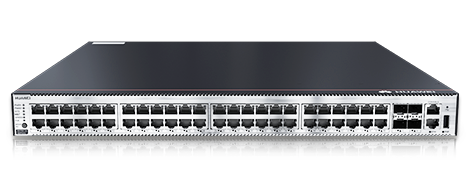
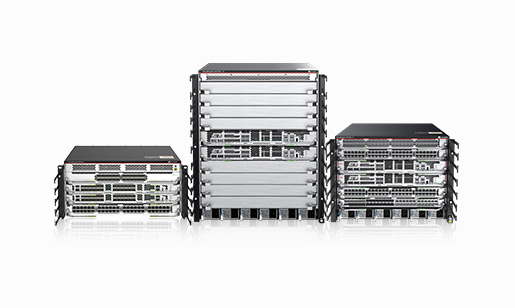
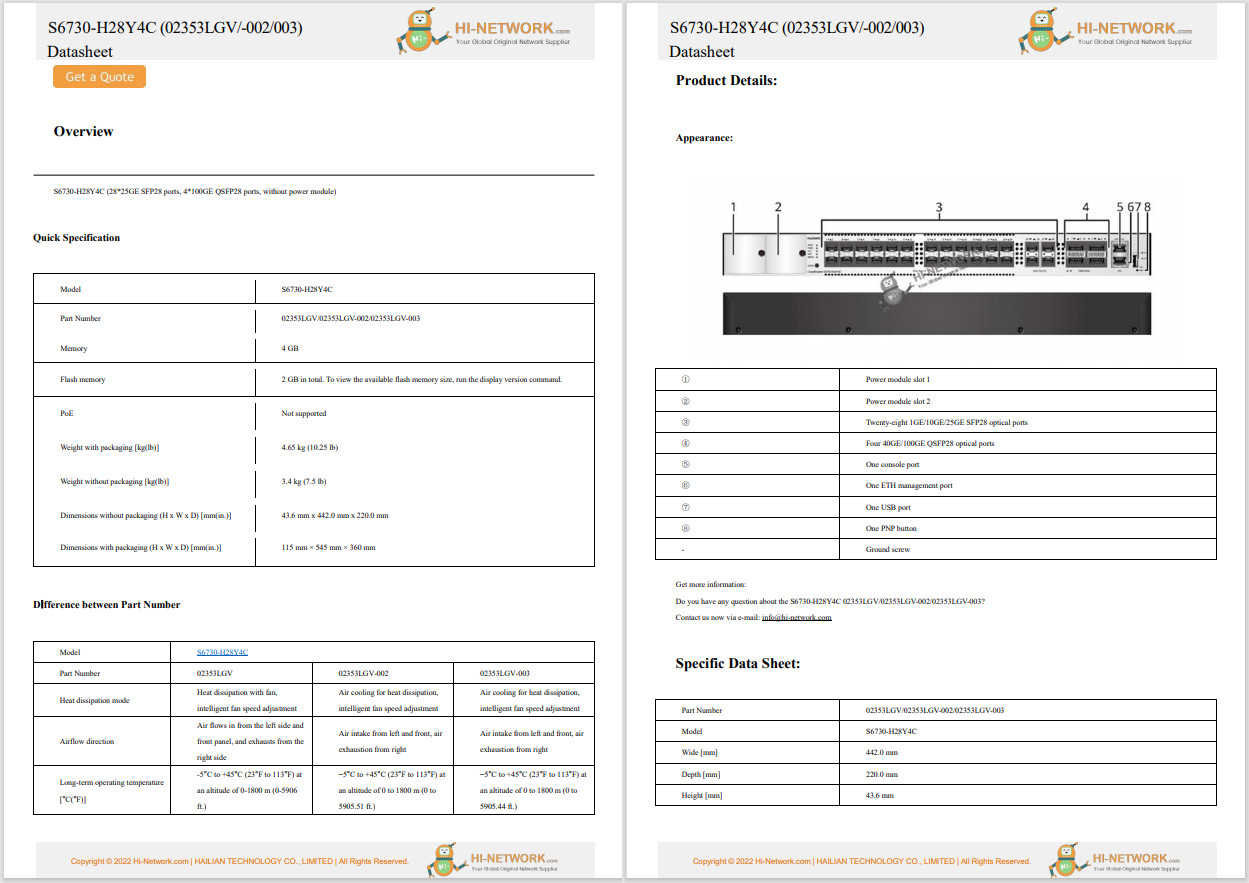

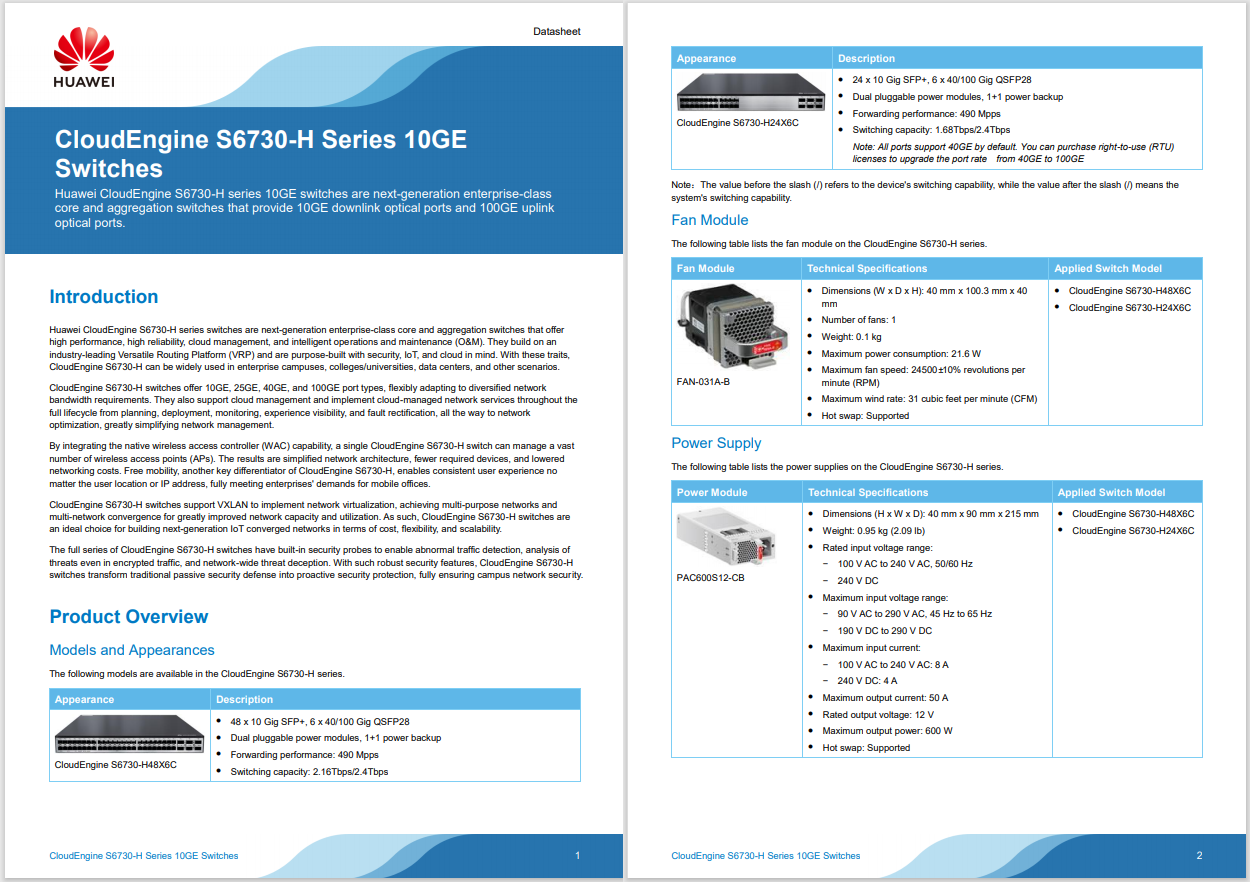



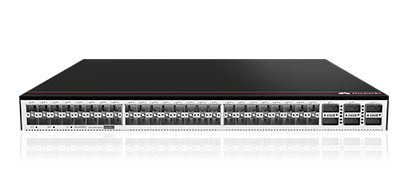
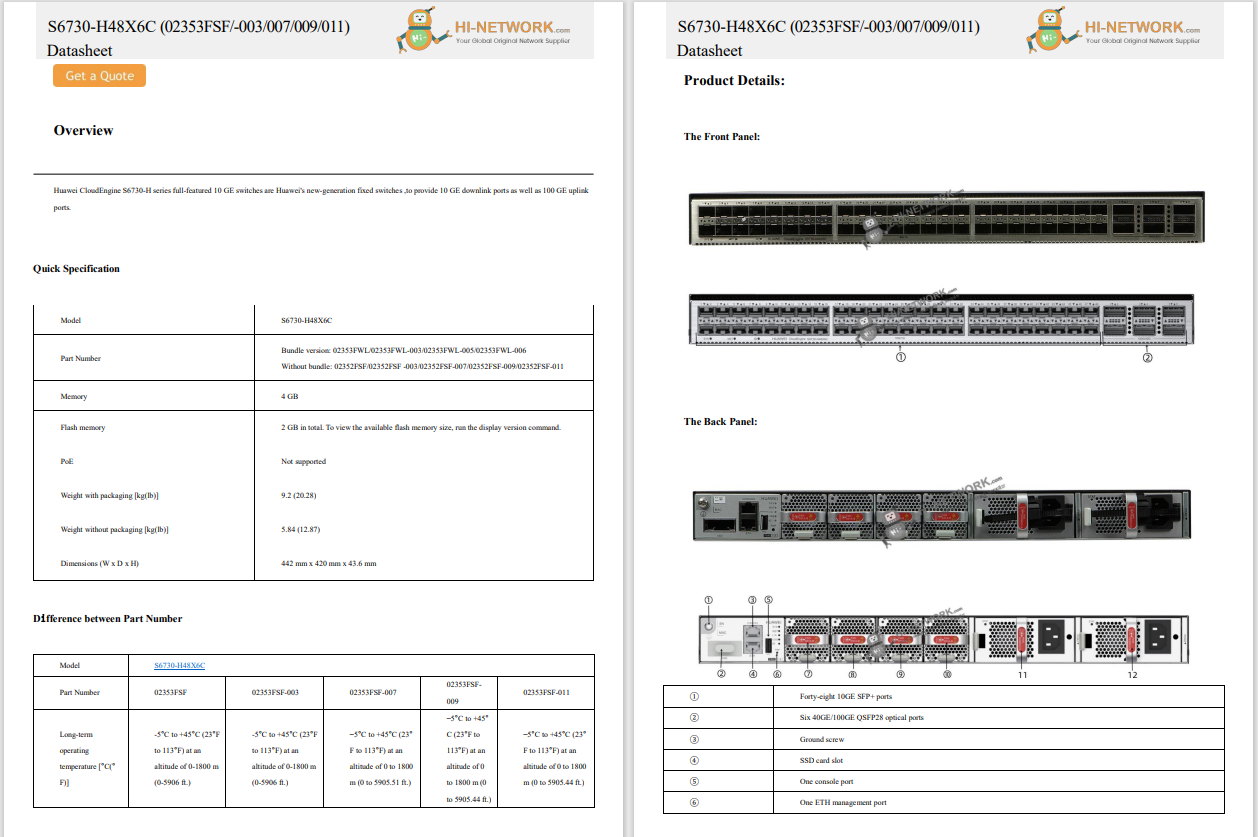
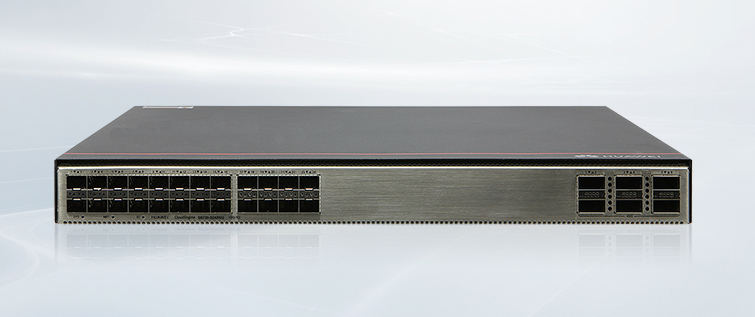


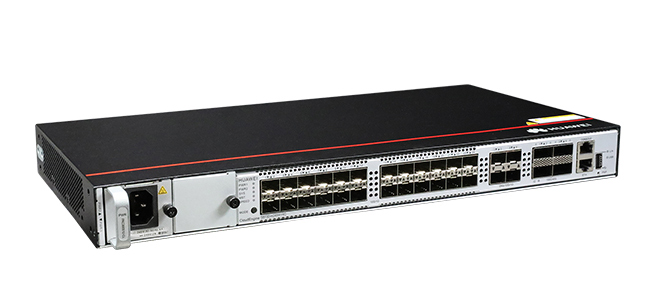
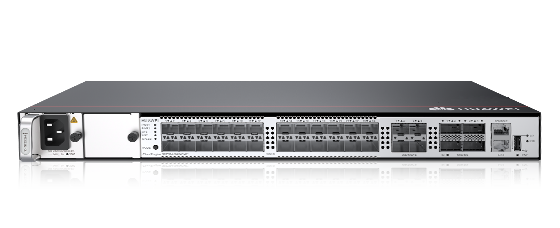
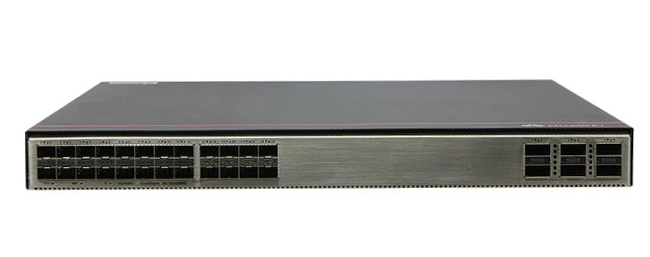


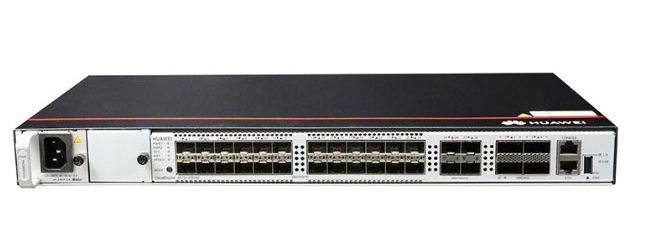
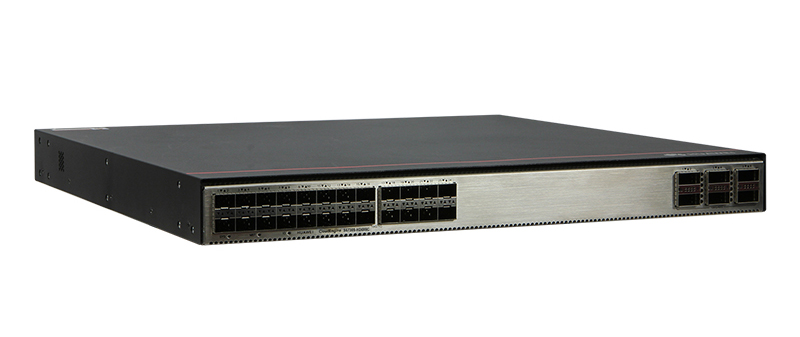

Years before I started my Linux journey, I was an artist. It wasn't until much later that I realized another side of my multifaceted artistic self needed to write words. At first, I used paper and pen, but eventually, I migrated to a word processor.
Also: My 6 must-have Linux apps for productivity, and why they make work easier
In those early days, that was StarOffice, and with it, I began another journey that would continue throughout my life. I was an actor. Then I was a writer and author. Then came podcasting and filmmaking. I wonder: What's next?
Regardless, when I needed the right tools for the job, I was lucky enough to find them all on Linux. Here are the apps I find most important for artistic expression and creation.
DaVinci Resolve is my non-linear editor of choice.
I've been using it for just over two years (after being a long-time Final Cut Pro user), and I've found it to be exactly what I needed. Resolve is not only a great editor, but its coloring tools are the best I've used. I mostly film in Log, and Resolve is brilliant with color science and includes baked-in data for several camera makers, including Red, Blackmagic, Sony, and Arri.
Also: I was a Final Cut Pro diehard until DaVinci Resolve won me over with these 3 features
There are two things I should caution you about. First, you need a machine with an Nvidia GPU to run Resolve on Linux. I've installed and tried using Resolve on AMD graphics chips; Resolve crashes so often that the frustration isn't worth it. Hopefully, Blackmagic will release Resolve for AMD GPUs to reach a much wider user base on Linux.
Second, with any professional-grade non-linear editor, there's a pretty steep learning curve. I thought I'd never understand the workflow the first time I used Resolve. I get it now, and I'm glad I stuck with it.
You can install DaVinci Resolve for free (using the community edition) or purchase theStudio version from the official site. I would highly recommend you start with the free version and then purchase Studio once you have the hang of it.
If you are a podcaster, book narrator, or musician, you need a multi-track audio recording app, andAudacity is one of the best for Linux. Sure, there are some with more power and flexibility, but you won't find an audio recorder with as many features as Audacity that matches the user-friendliness found in this app.
Also: 10 Linux apps I can't do without - and why
Audacity makes creating multi-track recordings easy and includes all the plugins you'll need (such as background noise elimination, EQ, and so much more). I used Audacity for recording my Zombie Radio podcast, which survived a seven-year run. Using Audacity made it possible not only to record and edit the podcast, but also to make it sound incredibly professional. I honestly cannot imagine an app better suited for the task.
You can install Audacity on Linux (for free) from the standard repositories of your distribution.
I've written almost 70 novels, and every one of them was either created or edited with LibreOffice. I honestly can't imagine how many words I've pounded out in that app. With LibreOffice, I can write my novels, go through the edits with my editor, and even format them before sending them to my publisher (because I'm nice and don't want to overburden the publisher with such busy work).
Also: How to make LibreOffice look more like Microsoft Office
LibreOffice has never failed me. One of my favorite features of LibreOffice is the ability to create custom styles specific to my publisher's needs. After creating those styles, I can start writing, and LibreOffice knows which style comes next. For example, I select a style I call Chapter Heading and then I type the chapter number. After hitting Enter, LibreOffice knows the next style is Body Text. It's a small thing, but it makes writing full-length novels a bit easier.
You can install LibreOffice from the standard repository on your distribution, but I typically download the .deb version from theofficial site and install it manually (so I know I'm using the latest version).
I also create a lot of my book covers (again, to be kind to my publisher) and to do that, I useGIMP.
Also: 4 GIMP 3.0 upgrades I'm loving as a power user - and how to try it for free
GIMP is the open-source equivalent to Photoshop. It's powerful and includes tons of filters and layering tools... everything I need to create complex images. The biggest complaint some users have is the UI. Fortunately, with just a little work, you can customize the GIMP UI to look more like Photoshop. But don't let the interface stop you from giving GIMP a try. I will warn you that to really get the most out of this tool, you'll want to spend some time because there is a bit of a learning curve.
You can install GIMP for free from your distribution's standard repositories.
Blender is a 3D creation application that supports modeling, rigging, animation, rendering, simulation, and video editing. Blender has been used in film, television, architecture and product design, game development, advertisement, education, research, and other industries. Blender provides a wide range of tools, such as those for polygon modeling, subdivision surface modeling, fluids, particles, rigid body dynamics, soft body dynamics, and NURBS (non-uniform rational B-spline) modeling, realistic animations using physics simulations, and much more.
Also: The 6 Linux distros I recommend most for gaming in 2025 - including my favorite
In order to make use of Blender, you really need to have a solid understanding of 3D graphics and animation; otherwise, you'll have a tough road ahead. You can install Blender (for free) from most of the Linux standard repositories.
OBS Studio (Open Broadcasting Software) is a free and open-source application designed for video recording and live streaming. OBS is primarily used by streamers, YouTubers, Twitch personalities, and other online content creators to broadcast their live streams. OBS Studio can record gameplay, screen captures, and camera footage directly to a file or to streaming services.
Also: The best software for Twitch streaming: Expert tested free and paid options
With this app, you can create multiple scenes with different settings (audio levels, video sources, transitions, etc.) and use sources from video capture devices, audio input, browser windows, and network streams. OBS Studio is flexible, easy to use, and has a large community for support.
OBS Studio can be installed (for free) from the standard repositories or using Snap.
Get the morning's top stories in your inbox each day with ourTech Today newsletter.
 Hot Tags :
Tech
Services & Software
Operating Systems
Hot Tags :
Tech
Services & Software
Operating Systems